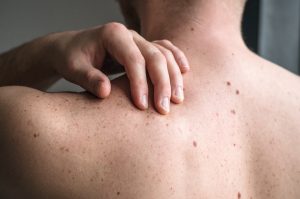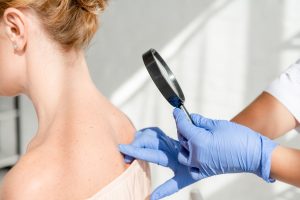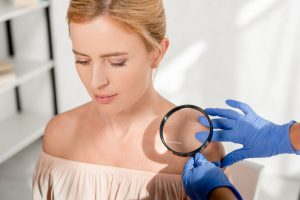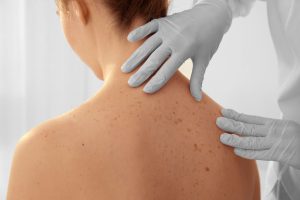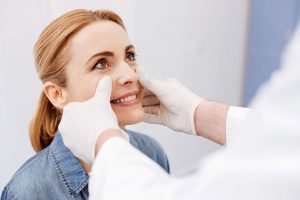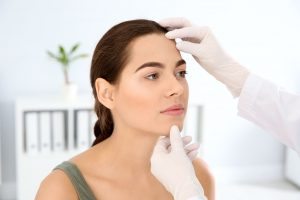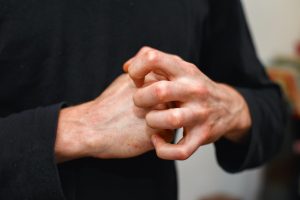 What is JUVÉDERM® filler?
If you’re looking for non-invasive ways to restore volume throughout the face, chances are you’ve heard about the JUVÉDERM® collection of fillers. JUVÉDERM® is a comprehensive collection of hyaluronic acid fillers that offers 6 unique and long-lasting fillers. Each one adds volume and is designed for different needs in specific areas of the face including the lips, cheeks, chin, smile lines, undereyes, jawline, and t...
What is JUVÉDERM® filler?
If you’re looking for non-invasive ways to restore volume throughout the face, chances are you’ve heard about the JUVÉDERM® collection of fillers. JUVÉDERM® is a comprehensive collection of hyaluronic acid fillers that offers 6 unique and long-lasting fillers. Each one adds volume and is designed for different needs in specific areas of the face including the lips, cheeks, chin, smile lines, undereyes, jawline, and t... Read moreabout JUVÉDERM® filler



